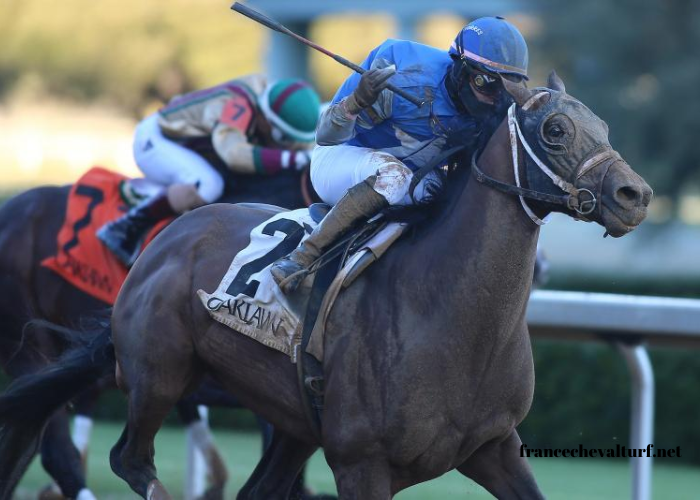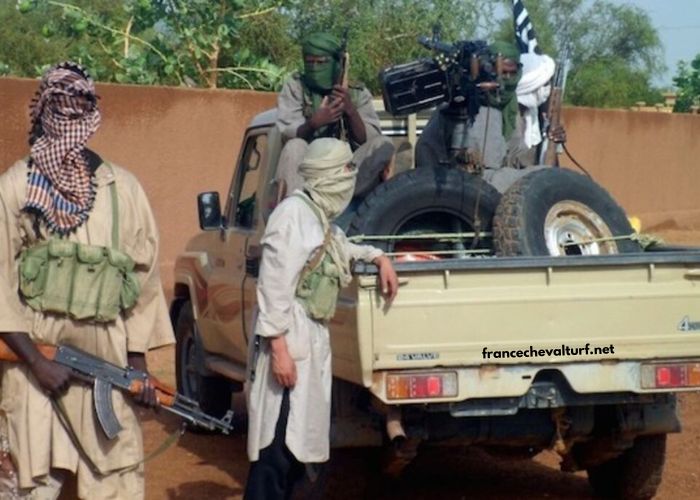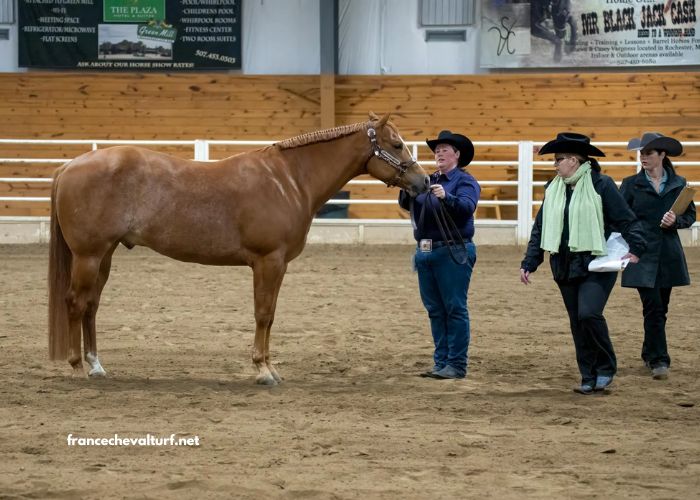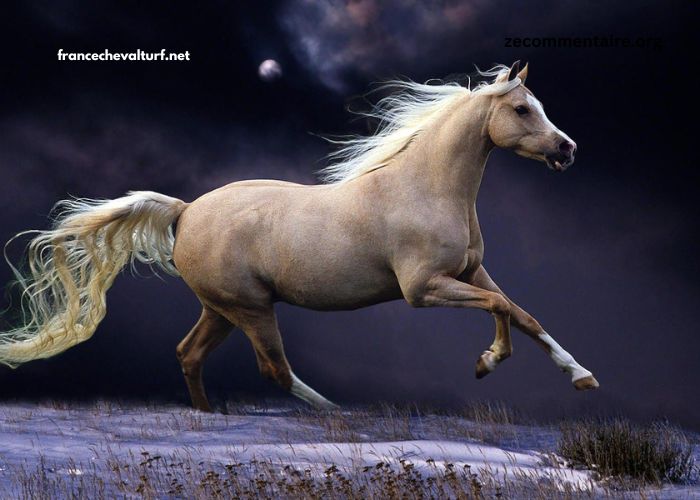Quinté races, a hallmark of the horse racing world, captivate enthusiasts and bettors worldwide with their blend of excitement, strategy, and unpredictability. In this comparative analysis, we delve into the distinct realms of Quinté races in France and Morocco, specifically focusing on the Casa Course, to unravel the nuances and dynamics that shape these prestigious events.
The Quinté concept, originating in France, has gained popularity across borders, with Morocco emerging as a significant player in hosting these thrilling races. Understanding the similarities and disparities between the Quinté races in these two countries offers valuable insights into the evolution of equestrian sports and cultural influences on racing traditions.
France: A Legacy of Elegance and Tradition France, renowned for its rich cultural heritage and deep-rooted love for equestrian sports, stands as a cornerstone in the world of horse racing. The Quinté+ race, introduced by the French Pari Mutuel Urbain (PMU) in 1989, has become an integral part of the country’s racing calendar, captivating audiences with its allure and sophistication.
The quintessence of French racing culture lies in its adherence to tradition and elegance. Quinté races in France are often held at prestigious venues such as Longchamp, Chantilly, and Deauville, exuding an air of sophistication and grandeur. These events not only showcase the finest thoroughbreds but also serve as social gatherings where enthusiasts and connoisseurs converge to celebrate the sport.
The Casa Course: A Moroccan Jewel In recent years, Morocco has emerged as a prominent destination for horse racing aficionados, with the Casa Course gaining prominence as a distinguished venue for Quinté races. Situated in the vibrant city of Casablanca, the Casa Course embodies the fusion of tradition and modernity, offering a unique racing experience against the backdrop of Morocco’s cultural tapestry.
Unlike the opulent settings of French racing venues, the Casa Course embraces a more eclectic ambiance, reflecting Morocco’s diverse heritage. Here, spectators are treated to an immersive experience that blends the excitement of racing with the allure of Moroccan hospitality and culture. The Casa Course stands as a testament to Morocco’s growing presence in the global racing circuit, attracting participants and spectators from far and wide.
Comparative Analysis: Unveiling the Contrasts and Parallels While Quinté races in France and Morocco share a common foundation in their pursuit of excellence and excitement, several contrasting elements distinguish these two racing landscapes. Let’s delve deeper into the comparative analysis to unravel the intricacies of Quinté races in these two nations:
- Cultural Influences: France: With its aristocratic heritage and reverence for tradition, French Quinté races exude a sense of refinement and sophistication. The emphasis on elegance permeates every aspect of the racing experience, from the opulent venues to the haute couture fashion showcased by attendees. Morocco: In contrast, Quinté races at the Casa Course reflect Morocco’s vibrant and diverse culture. Here, spectators are immersed in a tapestry of sights, sounds, and flavors, as traditional Moroccan music and cuisine infuse the racing atmosphere with an exotic charm.
- Racing Terrain: France: French Quinté races are predominantly held on turf tracks, renowned for their lush greenery and undulating landscapes. Thoroughbreds glide gracefully across these pristine surfaces, showcasing their agility and stamina amidst a picturesque backdrop. Morocco: At the Casa Course, the racing terrain comprises a mix of turf and sand tracks, offering a unique challenge to horses and jockeys alike. The juxtaposition of natural elements adds an element of unpredictability to the races, creating thrilling moments of suspense and excitement.
- Betting Culture: France: Betting is an integral aspect of Quinté races in France, with avid punters analyzing form guides and odds to make informed wagering decisions. The PMU, France’s premier betting operator, oversees the betting activities, offering a wide range of betting options to cater to diverse preferences. Morocco: In Morocco, betting regulations are more stringent, with the Moroccan Royal Society for the Encouragement of Thoroughbred Horse Racing (SOREC) regulating wagering activities. While betting is allowed at the Casa Course, it is governed by strict guidelines to ensure transparency and integrity in the betting process.
- Socio-Economic Factors: France: Quinté races in France often attract a discerning clientele comprising aristocrats, celebrities, and high-net-worth individuals. The social aspect of racing is paramount, with attendees relishing the opportunity to socialize and network in a luxurious setting. Morocco: At the Casa Course, Quinté races cater to a diverse audience, ranging from local enthusiasts to international visitors. The accessibility of the races, coupled with affordable ticket prices, ensures that horse racing remains a popular pastime for people from all walks of life.
Conclusion: In conclusion, the comparative analysis of Quinté races in France and Morocco offers a fascinating glimpse into the diverse landscapes of equestrian sports. While France epitomizes elegance and tradition, Morocco infuses its racing culture with a vibrant tapestry of cultural influences.
As these two nations continue to shape the future of horse racing, the Casa Course stands as a symbol of Morocco’s growing prominence in the global racing circuit, offering a unique blend of excitement, hospitality, and tradition. Whether amidst the grandeur of French racing venues or the eclectic ambiance of the Casa Course, Quinté races captivate audiences worldwide, transcending borders and cultures to unite enthusiasts in their shared love for the sport.




